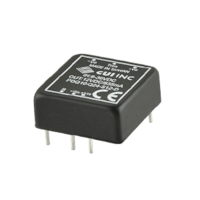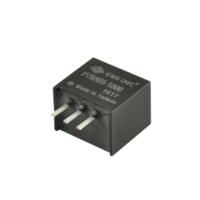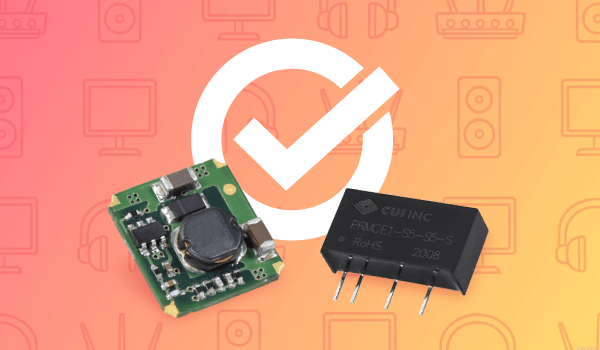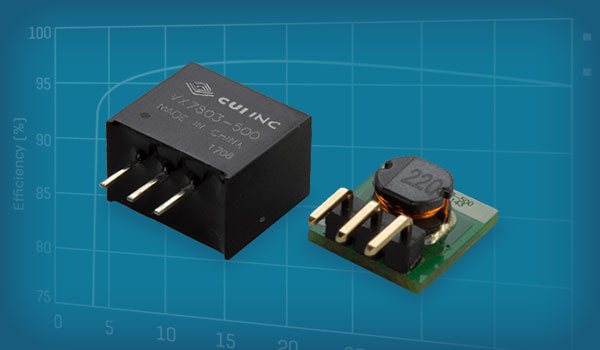DC-DC CONVERTERS
Dc-Dc Converters Ranging from 1 W to 600 W
Focused on quality and expertise, our dc-dc converter line provides you with a diverse selection of package configurations, input and output voltage options, protections, and special features. Our years of experience developing our dc-dc converter line has given us insight into the various needs of our customers, from economical low power solutions, to robust and reliable power modules. As we continue down the path of smaller, more efficient designs, you can look to us to meet your current and future design needs with the latest dc-dc products.
PRODUCTS
Dc-Dc Converter FAQ
1. What is the difference between regulated and unregulated power supplies?
As the input voltage and load current are changed the output voltage will remain more constant with a regulated output power supply than with an unregulated output power supply. Learn more.
2. What do the input ranges of 1:1, 2:1, 4:1, 8:1, and 12:1 on dc-dc converters mean?
Dc-dc converters do not have standardized input voltages as are commonly encountered with ac-dc supplies (120 V ~ 240 V) and so there is a desire to succinctly express the input voltage capability of the converters. The ratios (1:1, 2:1, etc.) are the ratio of minimum to maximum input voltage over which the converter will meet the data sheet specifications.
3. Can a dc-dc converter convert a positive voltage to a negative voltage?
Yes, some of the CUI non-isolated and all of the CUI isolated converters can be used to create a negative output voltage from a positive input voltage. For non-isolated converters the application notes in the data sheet will indicate if the converter is capable of creating a negative output voltage. All isolated converters can have the positive output connected to ground and the negative output will then produce a negative voltage.



